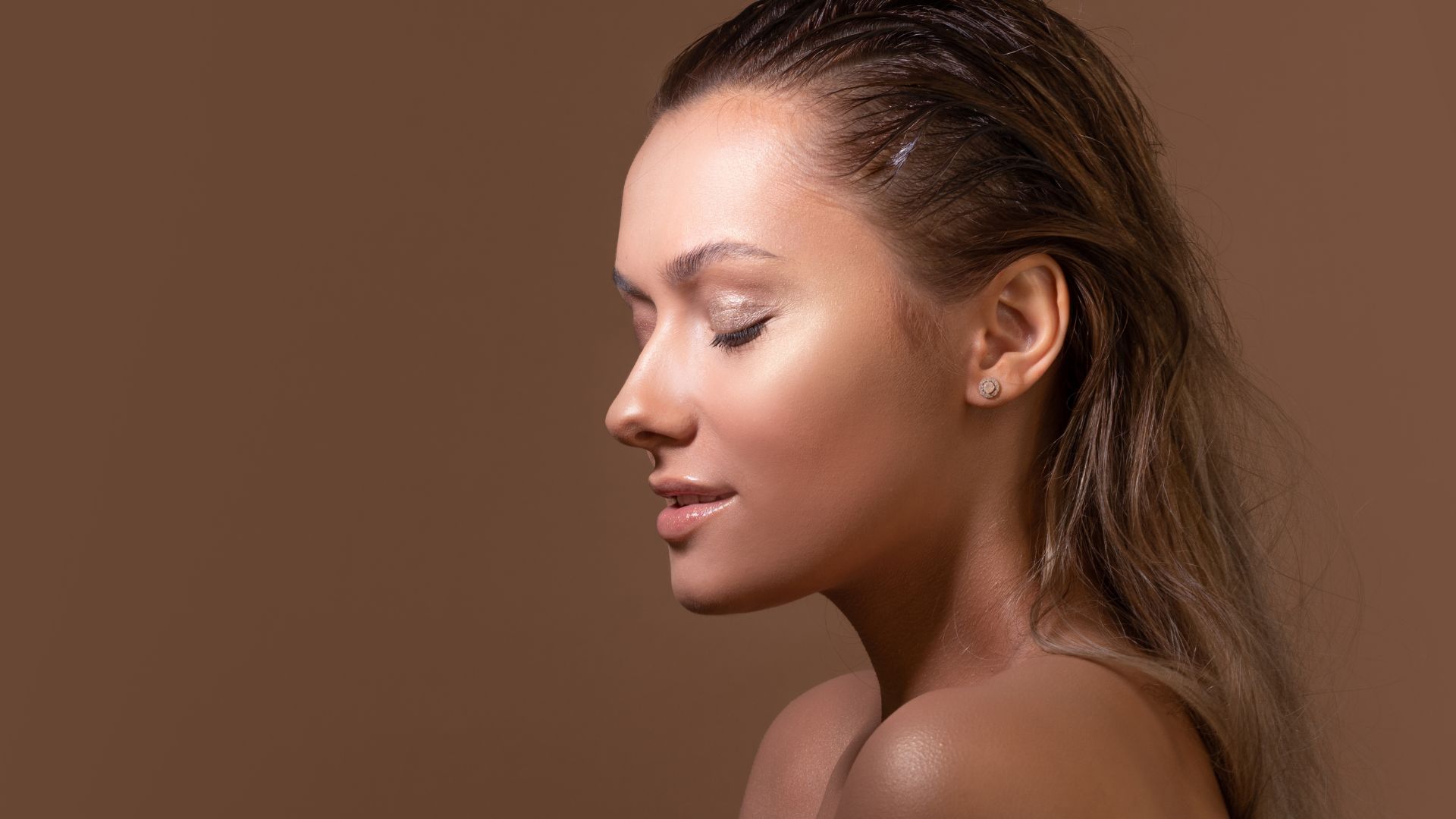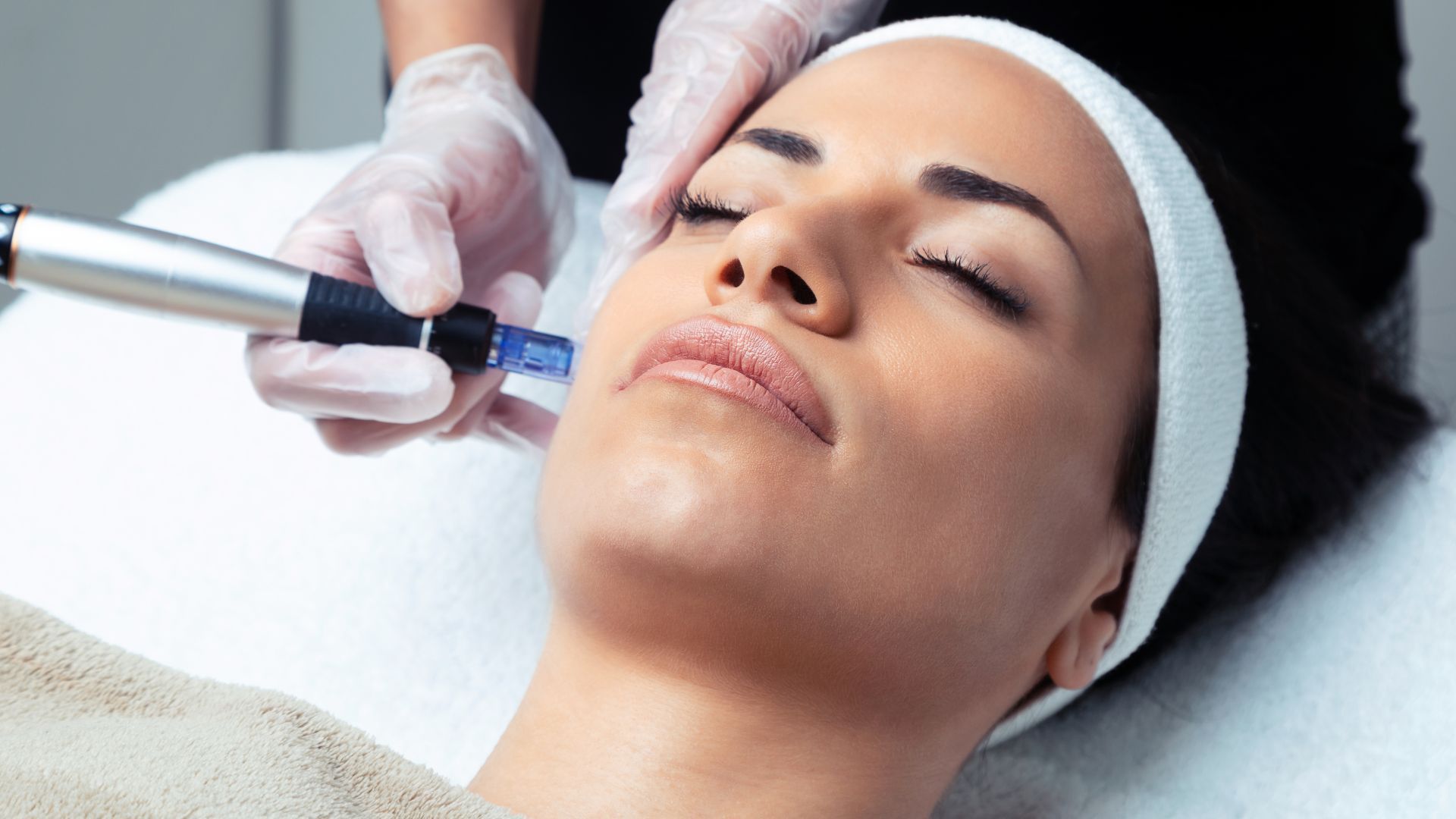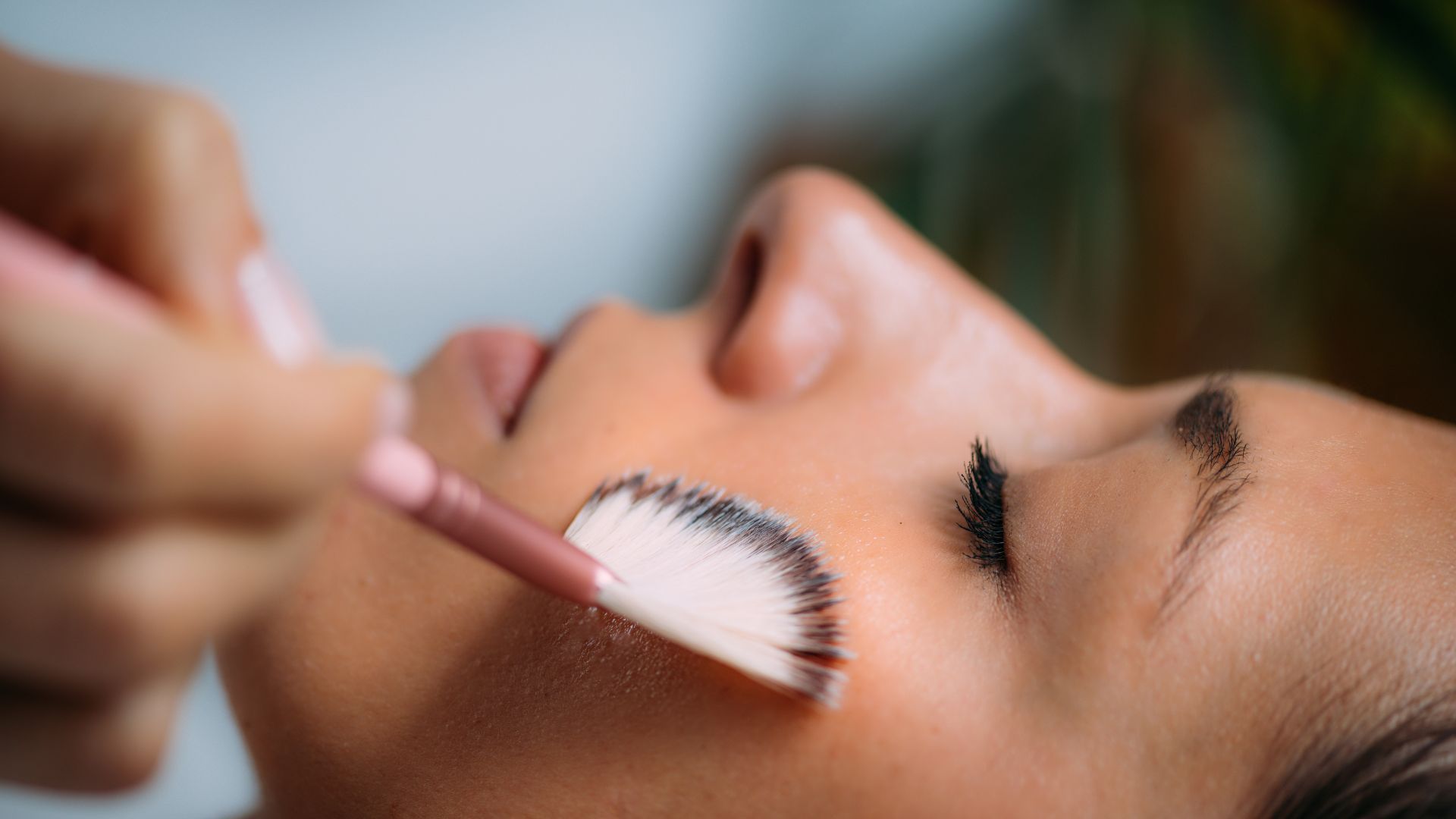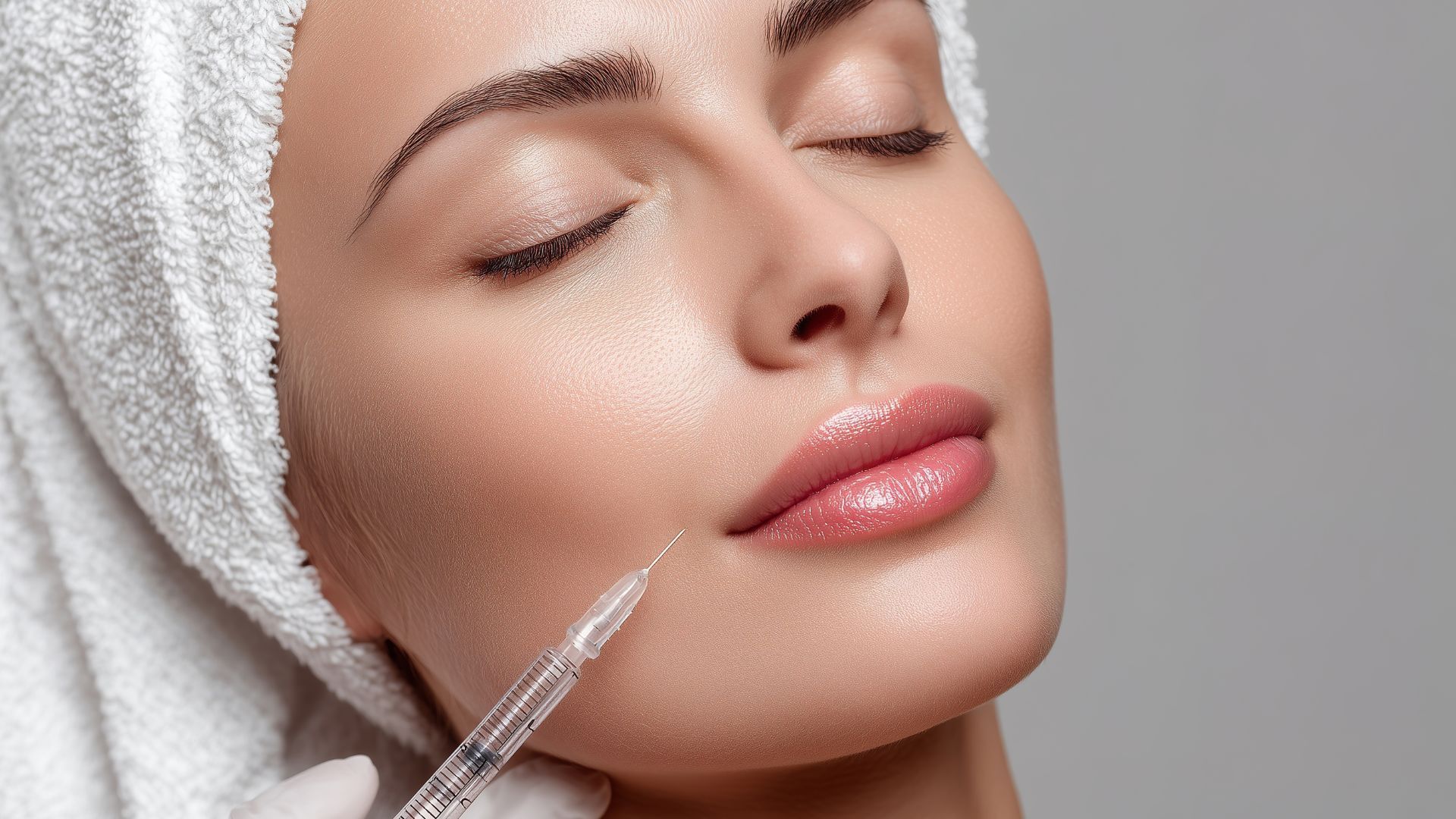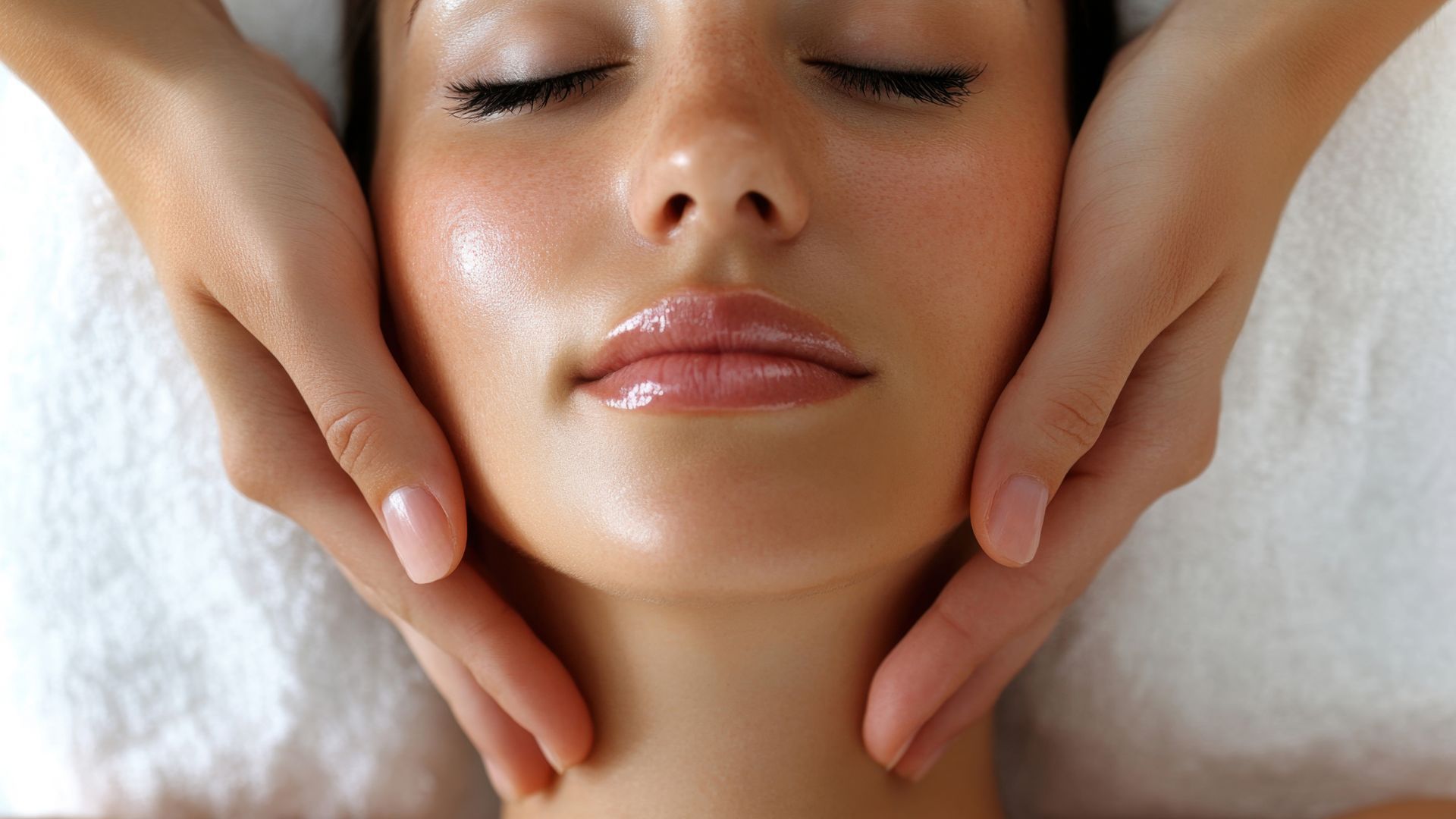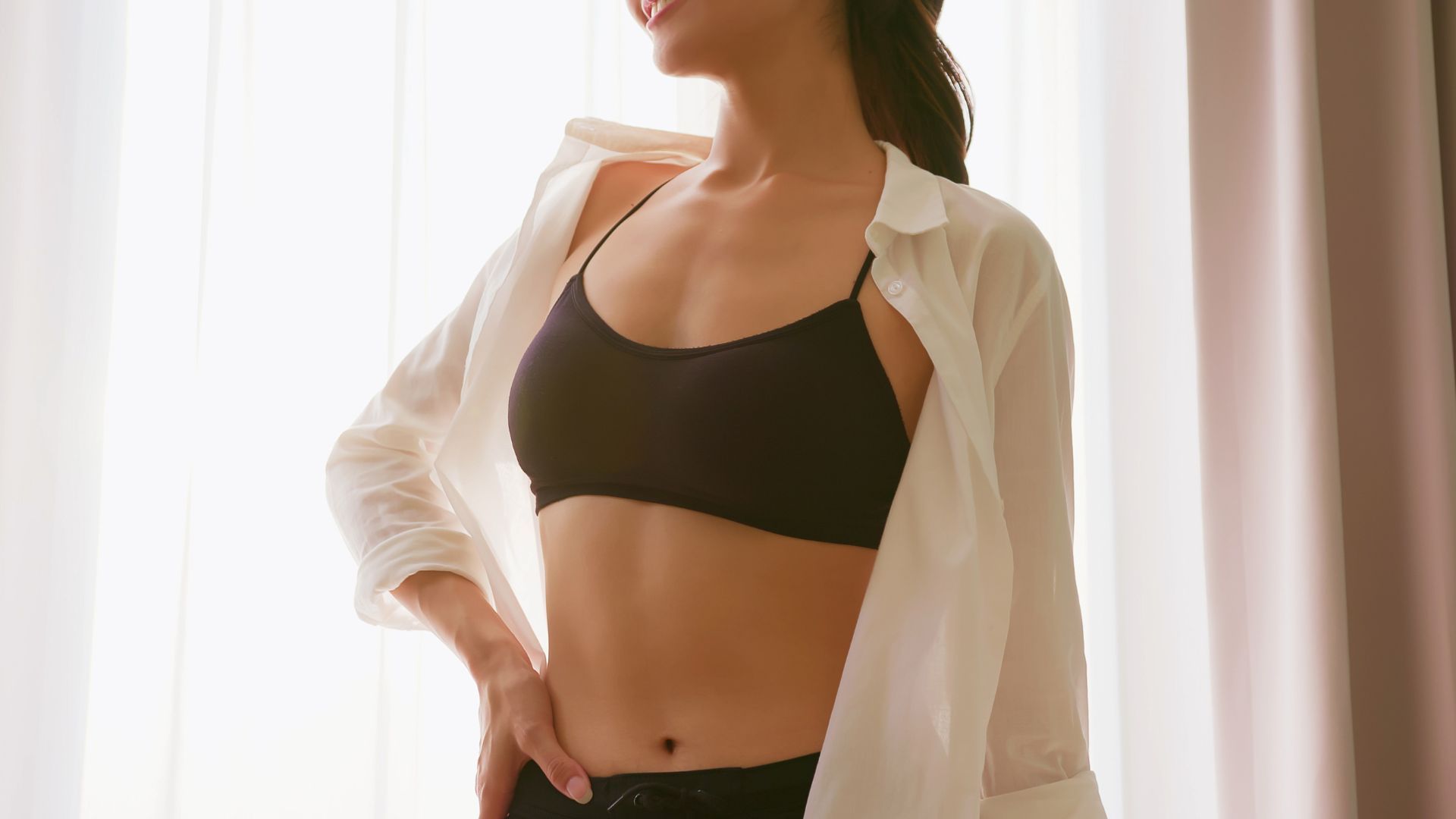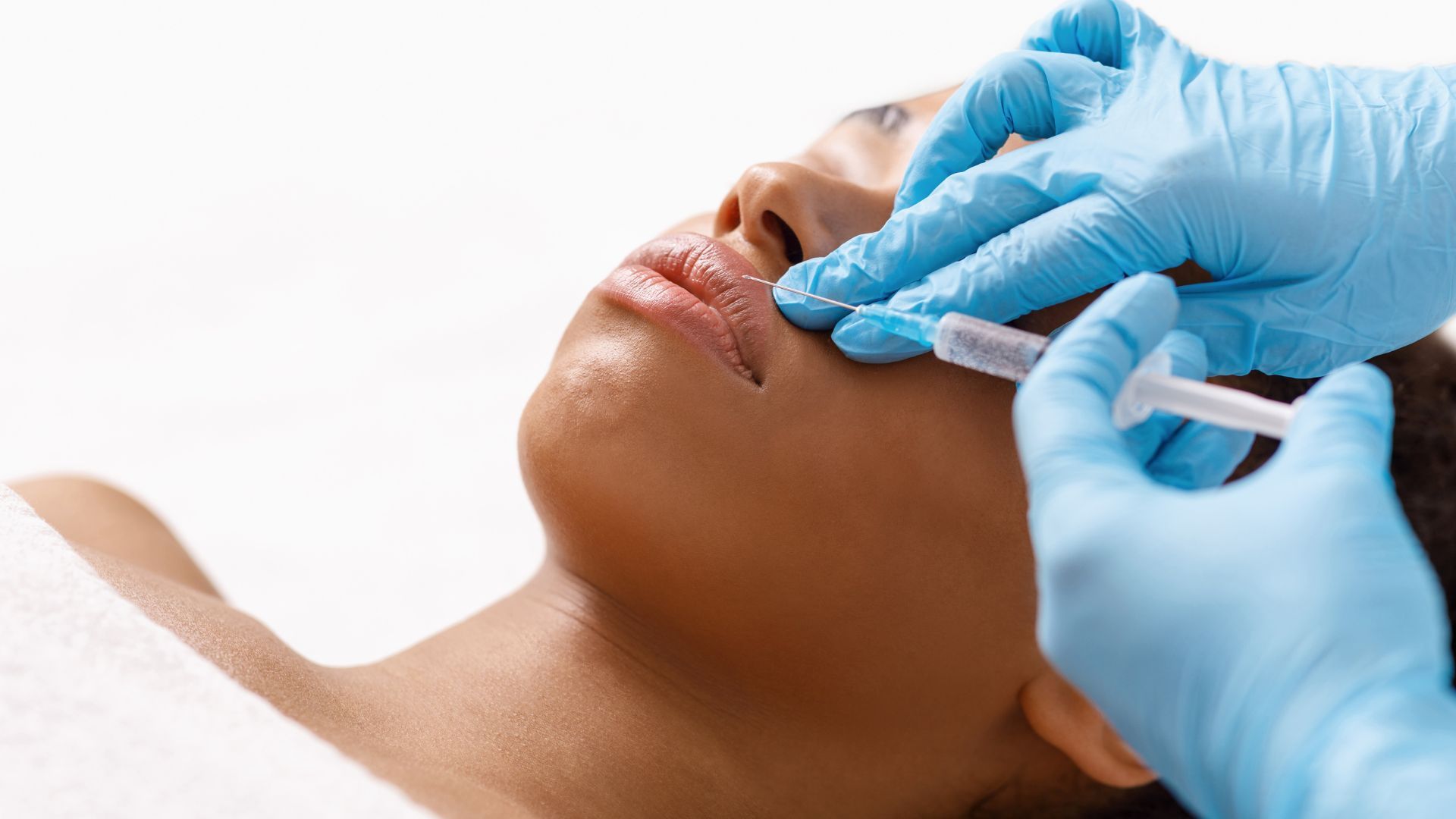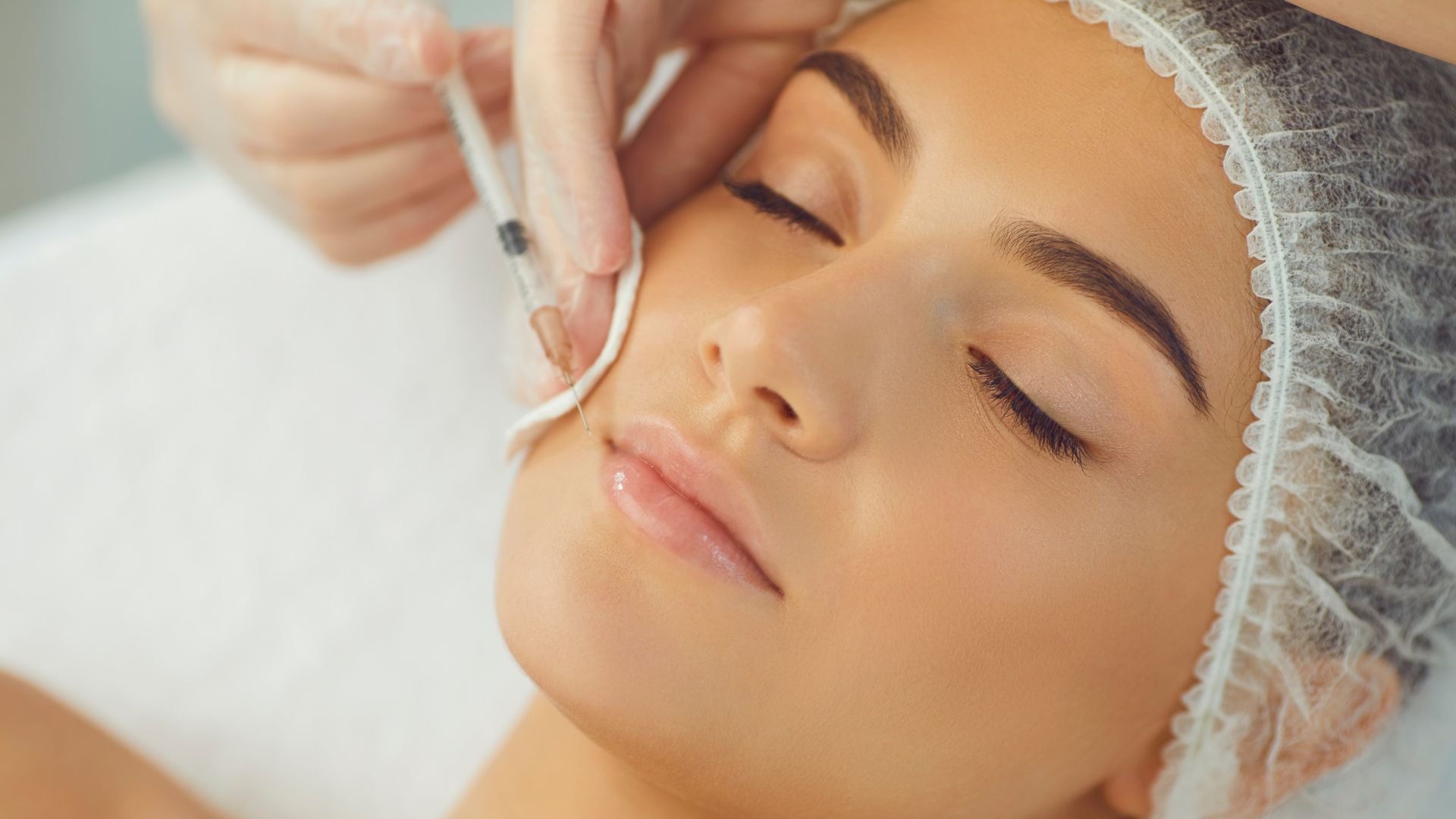Body Scientific Aesthetics
Botox Pre-Treatment Guidelines You Must Know
How To Prepare For Botox: Essential Pre-Treatment Guidelines You Must Know
Botox is a cosmetic injection using Botulinum Toxin Type A that relaxes targeted facial muscles to smooth dynamic lines and improve facial symmetry. Following clearly defined pre-treatment guidelines enhances the cosmetic outcome and supports a smooth experience.
This guide explains what medications and supplements to pause, which lifestyle changes matter, how to prep your skin, and a practical day-of checklist so you arrive ready and informed. You will learn why certain drugs increase bleeding risk at a microvascular level, which topical products or in-office treatments to avoid, and simple disclosure and hydration steps that improve safety and comfort. The article covers medication/supplement stop-times, lifestyle windows for alcohol and exercise, skin-condition criteria for proceeding, and a concise day-of checklist optimized for quick answers.
What Medications and Supplements Should You Avoid Before Botox?
Medications and supplements that impair platelet function or coagulation can affect the injection site. Stopping these agents for an appropriate window supports optimal healing and improves both immediate appearance and the injector's ability to treat precisely. Below is a short prioritized list of the highest-risk items and one-line stop-times for quick reference, followed by a more detailed table that maps common entities to their impact and recommended stop intervals. Understanding the physiological mechanism behind each recommendation helps you discuss safe plans with prescribers when needed.
Common high-risk items to consider stopping before treatment:
- NSAIDs (ibuprofen, naproxen): stop 3–7 days before to reduce platelet inhibition.
- Aspirin: stop 7–10 days before, only if medically approved by prescriber.
- High-dose fish oil/Vitamin E: stop 7–14 days before due to anticoagulant effects.
The following table summarizes representative medications and supplements with suggested stop-times and context.
| Medication / Supplement | Impact on Injection Site | Suggested stop time before Botox |
|---|---|---|
| Ibuprofen / Naproxen (NSAIDs) | Moderate — affects platelet function | 3–7 days |
| Aspirin (low-dose) | Moderate-high — affects platelet function | 7–10 days (consult prescriber) |
| Warfarin / DOACs (prescription anticoagulants) | High — affects coagulation | Do NOT stop without prescriber approval |
| Fish oil (high dose) | Moderate — can affect clotting | 7–14 days |
| Vitamin E (supplemental) | Low-moderate — influences platelet aggregation | 7–14 days |
This quick reference shows which agents commonly influence injection site healing and the rationale for recommended stop-times so you can prepare questions for your consultation and coordinate with any prescribing clinician.
Which Blood Thinners Affect Injection Sites Before Botox?
Blood thinners span OTC analgesics, prescription anticoagulants, and antiplatelet drugs, and each class affects clotting differently, which changes how providers manage them. NSAIDs inhibit cyclooxygenase and reduce platelet aggregation transiently; they are usually paused several days before elective injections to support optimal healing. Prescription anticoagulants like warfarin and DOACs (direct oral anticoagulants) alter the coagulation cascade; these medications require individualized planning with the prescribing clinician rather than automatic stopping to ensure a smooth procedure. Always disclose these agents during consultation so your injector and prescriber can arrange optimal timing.
Discussing these medications with your injector enables a tailored plan: minor over-the-counter agents may be paused briefly, while prescription anticoagulants often need medical coordination rather than unilateral cessation.
How Long Before Botox Should You Stop Taking Supplements Like Fish Oil and Vitamin E?
Many herbal and nutritional supplements have mild anticoagulant or platelet-modulating effects that can affect the injection site after injections, and stop-times vary by dose and formulation. High-dose fish oil and Vitamin E are commonly recommended to stop about 7–14 days prior because their effects on platelet function and clotting can persist; herbal supplements such as ginkgo biloba and garlic may also affect the injection site and are often paused for similar intervals. Because supplement potency and interactions vary, document all products and doses and confirm stop-times with your injector during pre-visit screening to balance safety and your ongoing health needs.
If you take any supplement for medical reasons, bring the bottle or a list to your appointment and ask your prescriber whether temporary discontinuation is safe.
What Lifestyle Changes Are Necessary Before Your Botox Appointment?
Simple lifestyle adjustments in the 24–72 hours before treatment support optimal healing and appearance by minimizing vasodilation and pressure at injection sites and by improving tissue healing. Avoiding alcohol, heavy exercise, and direct sun exposure stabilizes vascular reactivity and supports a smooth recovery after injections. The steps below highlight key behaviors and the typical timing windows that providers recommend to optimize safety and visible results. These changes are practical, reversible, and have a direct effect on immediate post-injection appearance and comfort.
Key lifestyle precautions to follow before your appointment:
- Avoid alcohol for 24–72 hours to support optimal vascular tone and platelet function.
- Skip strenuous exercise for 24 hours beforehand to maintain stable blood pressure and support optimal healing at puncture sites.
- Reduce smoking and avoid heavy nicotine use around the appointment because smoking impairs microcirculation and healing.
Adhering to these lifestyle windows supports a smooth experience and improves your injector's ability to deliver precise results, which in turn supports faster recovery and more reliable outcomes.
How Does Alcohol Consumption Affect Botox Preparation?
Alcohol causes systemic vasodilation and transient platelet dysfunction, which together can affect the injection sites and immediate post-treatment appearance. For that reason, most providers advise abstaining from alcohol for at least 24–72 hours before your appointment to let platelet function and vascular tone normalize. If you consumed alcohol recently, disclose this during check-in; your injector may take extra precautions, such as prolonged pressure after injection or rescheduling for optimal timing. Planning social events and celebrations around these windows helps ensure you look your best for important occasions.
If you had alcohol within the advised window, prioritize rest, hydration, and clear communication with your provider rather than attempting to "make up" for it with other measures.
Why Should You Avoid Strenuous Exercise and Smoking Before Botox?
Strenuous exercise raises blood pressure and local blood flow, which can affect injection sites and post-procedure appearance. Smoking impairs microvascular perfusion and oxygen delivery, slowing tissue recovery and potentially affecting injection-site healing and infection resistance. Providers commonly recommend avoiding vigorous workouts for 24 hours before and after injections and reducing or pausing smoking when possible to support optimal tissue recovery. Resuming normal activity is typically safe once immediate post-procedure healing is underway, and your injector will provide individual guidance.
Planning workouts and nicotine reduction in the days surrounding your appointment supports a smoother recovery trajectory.
How Should You Prepare Your Skin and Face Before Botox Injections?
Preparing skin integrity and surface health ahead of injections supports optimal healing, reduces irritation, and ensures accurate placement by the injector because clean, non-inflamed skin presents predictable anatomy. Avoid topical irritants and recent procedures that compromise barrier function, and arrive with bare, makeup-free skin so the injector can assess dynamic muscle movement and treat cleanly. The table below maps common topical products and in-office cosmetic treatments to recommended wait times so you can schedule Botox relative to other skin procedures. Clean skin with a gentle cleanser on the day of your appointment and avoid new products for several days beforehand.
Common skincare items and treatments to pause before injections:
- Topical retinoids and strong exfoliants: pause for 3–7 days, depending on strength, to avoid increased irritation.
- Chemical peels and microdermabrasion: wait at least 1–2 weeks before injections to allow barrier recovery.
Laser resurfacing or intense IPL: follow provider-specific intervals; typically 2+ weeks for healing.
| Treatment / Product | Impact on Injection Site / Reason | Recommended wait time before Botox |
|---|---|---|
| Topical retinoids (strong) | Increased epidermal turnover, potential irritation | 3–7 days |
| Chemical peels (medium) | Compromised barrier, potential micro-wounds | 1–2 weeks |
| Laser resurfacing | Surface inflammation and potential for delayed healing | 2+ weeks |
This comparison helps you sequence cosmetic procedures to avoid overlapping recovery windows and ensures injections occur into intact, non-inflamed skin.
Which Skincare Products and Treatments Should Be Avoided Before Botox?
Active exfoliants, strong retinoids, and recent resurfacing procedures weaken the epidermal barrier and can affect injection sites; these products can also alter skin topography, making precise placement more difficult. Pause topical acids and retinoids for several days and delay chemical peels or laser sessions until healed. If you have had recent in-office treatments, inform your injector so they can confirm tissue readiness or reschedule. Following these steps preserves skin integrity and supports a smooth procedure.
Clean, stable skin also helps the injector visualize anatomy and reduces the need for repeat corrections that can arise from injecting compromised tissue.
What Is the Ideal Skin Condition on the Day of Your Botox Appointment?
Ideal skin on the day of injection is clean, makeup-free, free of active infection, and free of open wounds or sunburn; this state supports optimal healing and provides an unobstructed view of muscle movement for accurate treatment. If you have active cold sores (Herpes simplex), pustular acne, or an open wound near the intended injection area, most providers recommend postponing until healed to ensure optimal conditions. Follow a gentle pre-appointment routine: mild cleanser, no new products, and minimal topical agents that could sensitise the skin. If in doubt about a spot or lesion, send a photo ahead of your appointment or call your provider for triage.
Proceeding only when the skin is stable and non-irritated supports both safety and optimal aesthetic outcome.
What Is the Day-of-Appointment Checklist for Botox Preparation?
A concise day-of checklist ensures you and your injector have the information and conditions needed for a safe, efficient appointment and supports a smooth post-procedure experience. Bring a current list of medications and supplements, arrive hydrated and having eaten a light meal, and avoid alcohol and heavy exercise on the same day. The table below converts checklist items into practical rationale and timing so you can follow each item easily. A short provider reminder follows the checklist for the administrative context.
Essential day-of items and why they matter:
- Medication/supplement list: enables safe decisions about anticoagulants and supplements that impact healing.
- Light, non-alcoholic meal: prevents lightheadedness and supports stable blood sugar during the procedure.
Hydration: improves venous visibility and supports comfort.
| Checklist Item | Why it matters | Practical tip/timing |
|---|---|---|
| Medication & supplement list | Informs assessment for optimal healing and interactions | Bring bottles or a printed list at check-in |
| Light meal & hydration | Prevents syncope and provides comfort | Eat 1–2 hours before; drink water |
| Avoid alcohol & strenuous activity | Supports optimal appearance and healing | No alcohol 24–72 hours; no heavy exercise 24 hours |
This checklist translates preparatory actions into reasons and simple timing so you can arrive ready for a smooth appointment.
What Medical Information Should You Disclose to Your Injector?
Full disclosure of prescription medications, over-the-counter drugs, supplements, allergies, pregnancy or breastfeeding status, and neuromuscular conditions is critical because these factors influence Botox safety and dosing. Highlight anticoagulants, antiplatelet agents, and a history of bleeding disorders immediately; if you are on prescription anticoagulation, do not stop it without prescriber guidance. Mention prior sensitivities to neurotoxins or facial treatments and any medical conditions that affect neuromuscular function so the injector can adjust technique or refer appropriately. Bringing a printed medication list or photos of prescription bottles streamlines check-in and reduces the chance of missed disclosures.
Clear disclosure supports safe planning and may prompt coordination with other clinicians when temporary medication adjustments are considered.
How Can Hydration and Nutrition Impact Your Botox Treatment?
Hydration improves venous visibility and circulatory stability, supporting comfort and helping the injector achieve predictable injection depth and placement. Eating a light, balanced snack before your appointment prevents vasovagal episodes and keeps blood sugar steady, which reduces post-procedure dizziness or nausea. Avoid excess salt and alcohol immediately prior, as they can affect post-treatment appearance; instead, favor water and light carbohydrates if needed. These simple measures enhance comfort during the procedure and support a smoother immediate recovery.
Small, practical nutrition and hydration steps have outsized effects on comfort and safety during minimally invasive procedures like Botox.
